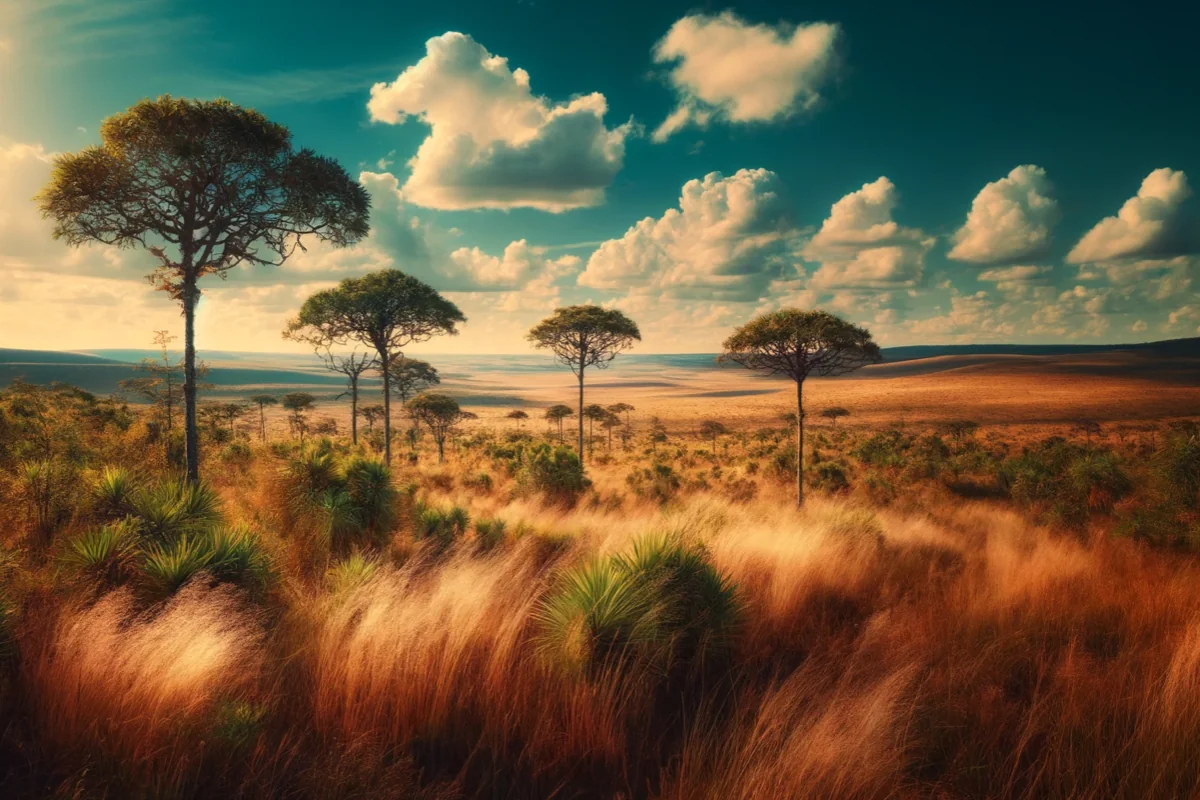
Can tree farms save a forest? Brazil is about to find out
Climate scientists have demonstrated that at least 30 percent of humanity’s climate targets can be met by protecting and restoring nature — but meeting the target means restoring 200 million hectares (500 million acres) within the next seven years.
MATO GROSSO DO SUL, Brazil — On a blistering day in late August, Will Turner gazed across a dusty road, red as Mars, into the fringe of a dense forest — its canopy alive with the hum of insects and chattering birds. This forest in southern Brazil is an oasis — a remnant of a nearly forgotten ecosystem in a region now dominated by degraded cattle pastures.
Behind him, on the opposite side of the road, lay something entirely different — a sea of eucalyptus, recently planted and already four feet tall. These trees, remarkable in their uniformity, are clones. Decades of tinkering have resulted in an intensively managed crop that supplies the world with an essential and sustainable source of wood.
But nature has made its choice perfectly clear: Among the eucalyptus there are no insect chirps or bird songs — only silence. Yet the fate of these two distinct landscapes, the forest and the tree farm, are intertwined. What was an enormous tract of degraded pastureland just a few months ago is being rapidly transformed into tree farms and more than 2,000 hectares of newly restored natural forest.
This is “Project Alpha.” Located in the Brazilian state of Mato Grosso do Su( article continues at Conservation International )